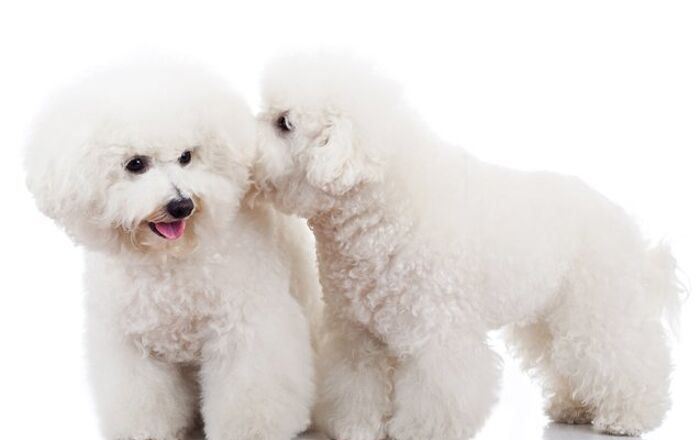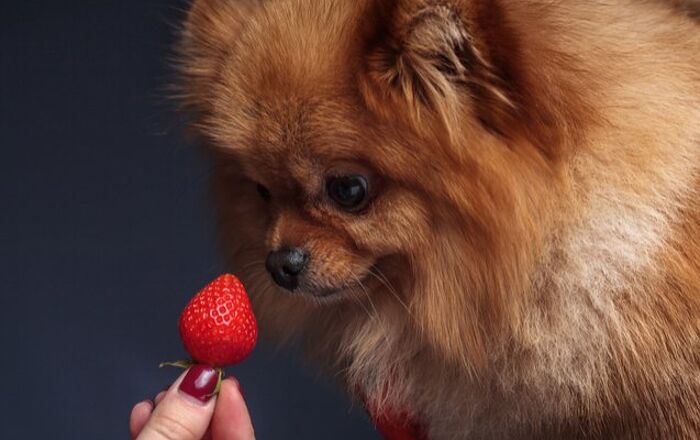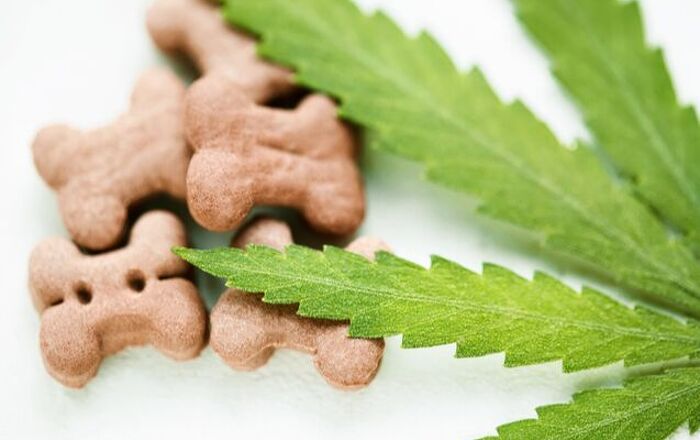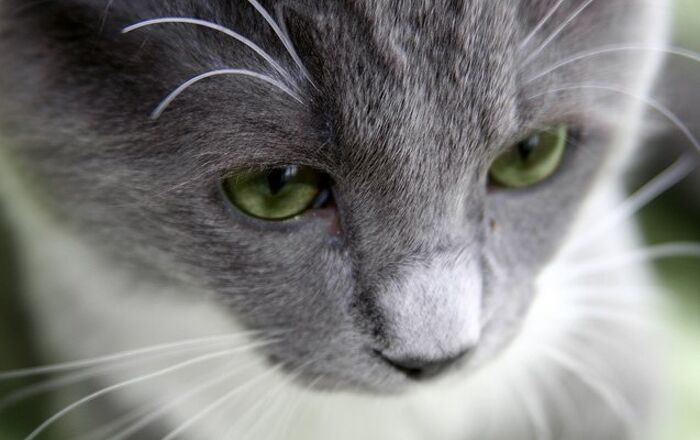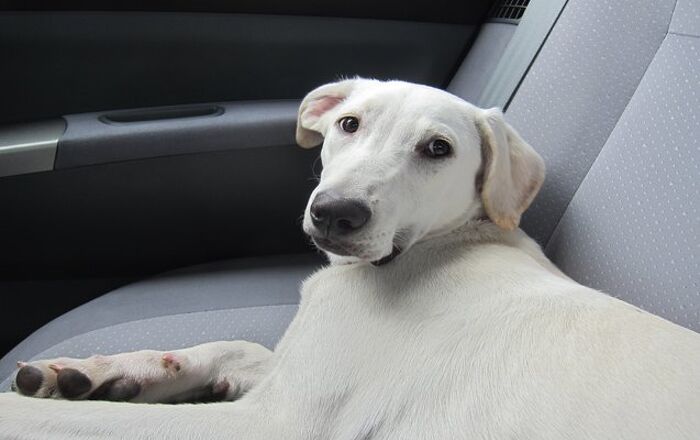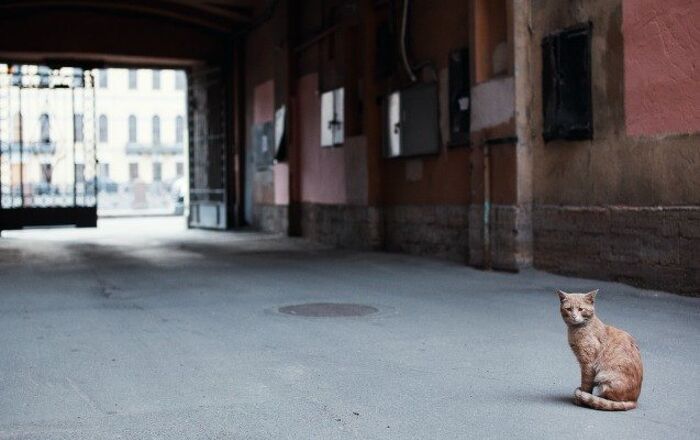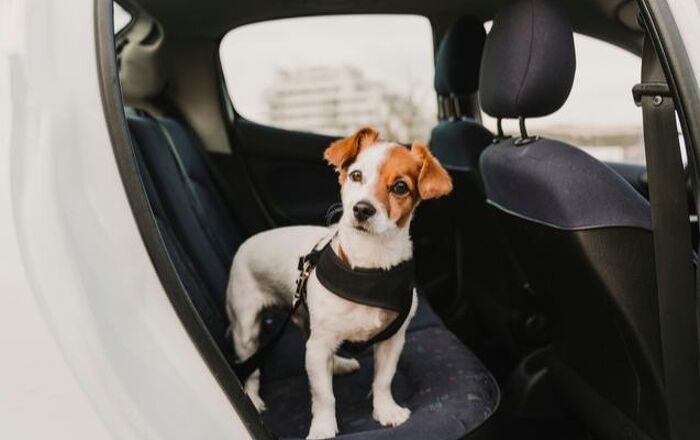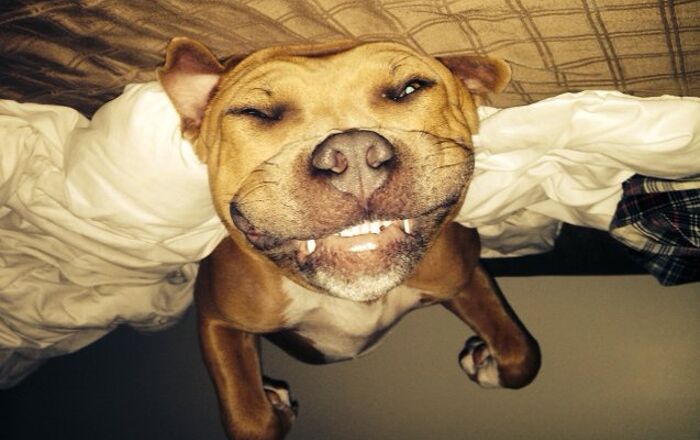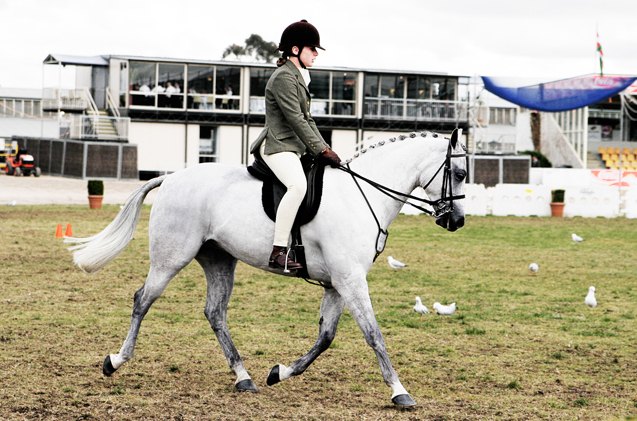
Australian Pony Breed History
The Australian Pony has a long history that dates back to the 18th century. Prior to European travelers and settlers migrating to Australia, it was a continent that did not have any native horses. Therefore, many of the horses that are living in Australia today are the result of people importing equine breeds from all over the world.
Nine horses were part of the First Fleet from South Africa in 1788, and they arrived in Australia that year. Timor Ponies, which were from Indonesia, also arrived in Australia in 1803. In addition to those original horses, other equine breeds have played a large role in influencing the development of the Australian Pony. Those include the Welsh Mountain Pony, the Exmoor Pony, the Connemara Pony, the Hackney Pony, the Shetland Pony, the Highland Pony, and the Hungarian Pony.
The Australian Pony was influenced by a variety of equine breeds.
Overall, the Australian Pony breed has been influenced by many horses that were imported to Australia throughout the years. For example, two Exmoor stallions, in particular, are considered as having been pivotal in the development of the Australian Pony. They were called Sir Thomas and Dennington Court, and they were sent to Australia in the middle of the 19th century. Also, Bonnie Charlie, who was a Hungarian stallion, was brought to Australia in the second half of the 19th century, and a Welsh Mountain Pony known as Dyoll Greylight also arrived there in 1911, while a Welsh Cob with Hackney bloodlines, known as Little Jim, was imported in 1909.
A new and distinct, handsome pony breed was finally created in 1920, and the Australian Pony Stud Book Society, also known as APSB, was created in 1931. It is the oldest and largest stud book society for ponies registered in Australia. In the 1940s, breeders began crossing Arabian stallions with mares from the APSB.
Breed Traits
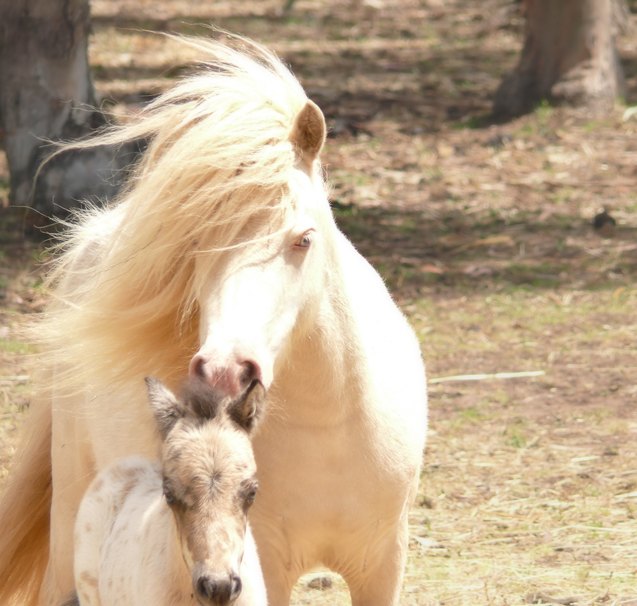
Australian Ponies are alert, sensible, gentle, and good-tempered animals that are wonderful to work with in a variety of settings and disciplines.
When working with these ponies, you will notice that they exhibit a sense of pride, yet they are obedient and easy to train. These ponies will even make wonderful equine companions to all levels of riders, including children, thanks to their comfortable ride and their pleasant personality.
Australian Ponies are obedient, gentle, and good-natured.
Overall Description
The Australian Pony is an attractive equine breed that features a head that is slightly concave, ears that are alert, and eyes that are dark and large.
These ponies also feature a well-set and rounded neck, although it is relatively short. The shoulders will be sloping backwards, the chest will be deep, and the pony will have a round barrel. The hindquarters are rounded, too, as well as proportioned, and there are strong and flat bones that do not have coarseness.
The legs are short, but they are strong, and the hooves are well-shaped, neat, and strong. Also, the tail is straight, well-set, and carried gaily.
The Australian Pony is ideal for all levels of riders, including children.
Colors
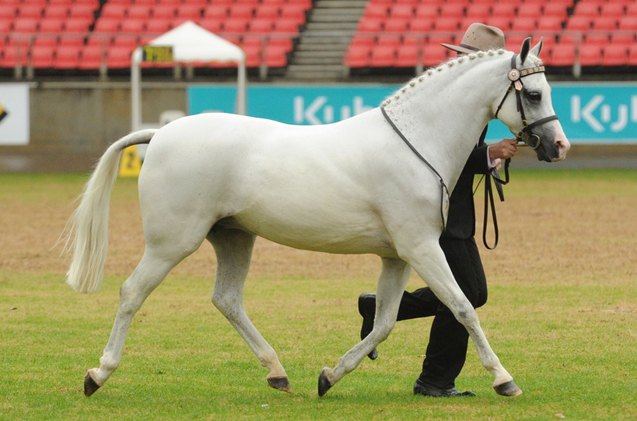
The majority of Australian Ponies will be gray, although all other equine colors are possible and acceptable as well. These include grullo, brown, roan, champagne, perlino, cremello, palomino, buckskin, dun, chestnut, white, bay, and black.
Grooming Requirements
The Australian Pony is easy to care for, as a standard equine grooming routine is all that you need to keep this horse looking healthy and beautiful. You can bathe your pony using a gentle equine shampoo whenever necessary. Otherwise, you can stick with using a standard equine grooming toolkit as a means to thoroughly clean your pony and bond with your pet.
You can start with a curry comb to clean debris and loose hair from your pony’s coat. Use a circular motion all over the body for the best results, and then follow that with a body finishing brush, which is ideal for more sensitive areas like the pony’s legs. You can also remove more debris and excess hair with a dandy brush and shedding blade. These tools, when used together, will ensure your pony’s coat will be as clean as possible. As you groom your pony, use this time as an opportunity to also examine the skin and coat to ensure that everything looks healthy.
To clean the delicate face of the Australian Pony, you can simply dampen a soft cloth or a sponge and use that to clean around the eyes and the ears. Then, to keep the tail and the mane healthy and smooth, simply use a tail brush and a mane comb to remove tangles and debris. And you can finish your grooming session by using a hoof pick to clean your pony’s hooves. As you did with the rest of the coat, take a look at the hooves to make sure that there aren’t any infections or injuries there.
Photo credit: Fir0002/Flagstaffotos; Svetlana485/Depositphotos.com; Koorana Pony Stud


